

Keith Hunter is fascinated by the chemistry of the oceans and what we can learn. His research looks at trace metals in natural waters – minute amounts of metals, occurring in tiny quantities, but ...
READ MORE
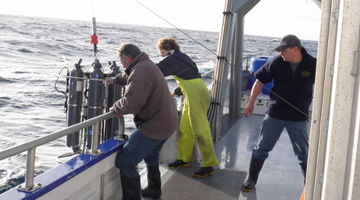
Dr Kim Currie from NIWA studies carbon dioxide in the upper ocean around New Zealand. This helps her understand the role of the ocean in the carbon cycle and how the ocean and the atmosphere ...
READ MORE
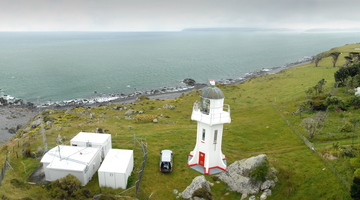
Long-term studies show carbon dioxide levels in the atmosphere are rising. Radiocarbon carbon dioxide peaked in the 1960s but has since decreased. Much has been taken up by the ocean. Dr Kim ...
READ MORE
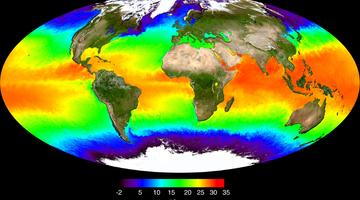
In this activity, students look at what happens when hot and cold water meet. By the end of this activity, students should be able to: discuss how temperature affects the density of water discuss ...
READ MORE

In this activity, students build simple models to demonstrate the differing impacts of melting land ice and sea ice on sea level rise. Rights: The University of Waikato Te Whare Wānanga o Waikato ...
READ MORE
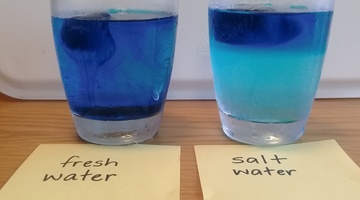
Cold water is denser than warm water, so it tends to sink. Seawater is denser than freshwater. Salinity, temperature and depth all affect the density of seawater. The ocean has a complex ...
READ MORE
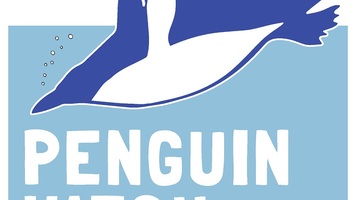
Help scientists establish valuable baseline data about the numbers, locations, habits and health of penguins in a range of Southern Ocean sites. This information will enable better understanding ...
READ MORE
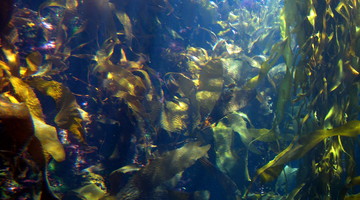
Kelp forests are one of the most biodiverse habitats on Earth. Every nook and cranny is jam-packed with life! This citizen science project wants to understand more about how kelp forests grow and ...
READ MORE
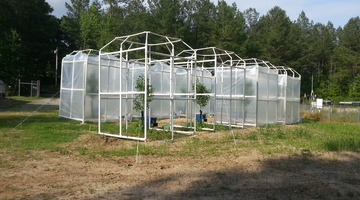
By comparing some features of fossilised plants with the same features of plants living today, scientists hope to be able to learn more about the effect of changing carbon dioxide (CO2) levels in ...
READ MORE
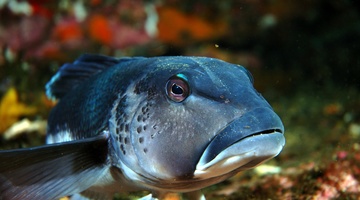
There are many marine classroom activities and resources on the Science Learning Hub useful for Seaweek 2015. This online PD session recorded on 19 February 2015 shows primary and secondary ...
READ MORE

Seaweek is New Zealand’s annual national week about the sea. It is coordinated by the Sir Peter Blake Marine Education and Recreation Centre (MERC) and includes a wide range of events ...
READ MORE

Do you need resources for Seaweek? Are you planning a science unit on the sea? In this online PD session recorded on 18 February 2016, PD provider and teacher Barb Ryan explores some of the ...
READ MORE
Our oceans are absorbing about one-third of the carbon dioxide in the atmosphere. As a result, they are becoming more acidic. Associate Professor Abby Smith, from the University of Otago, is ...
READ MORE
Dr Sara Mikaloff-Fletcher, an atmospheric modeller at NIWA, explains how the level of carbon dioxide in the atmosphere has been rising in recent times. She outlines some of the sources for this ...
READ MORE
NIWA scientists collect air samples from an atmospheric research station at Baring Head on Wellington's south coast. What's in the air that we breathe?
READ MORE
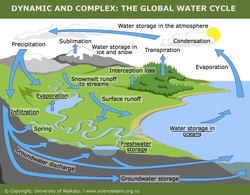
Water in the Earth system is influencing all aspects of life on Earth. Pathways, storage, transfers and transformations have an effect on the global climate and human welfare. Within this ...
READ MORE
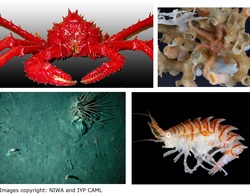
This short slideshow shows some of the animals found in the Antarctic benthic zone. Use the Slideshow menu for further options, including view full screen, and go here for the download option.
READ MORE
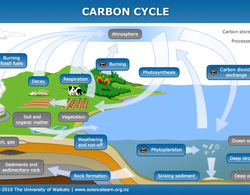
Explore this interactive diagram to learn more about the global carbon cycle. Click on the labels for more information. Select here to view the full transcript and copyright information.
READ MORE